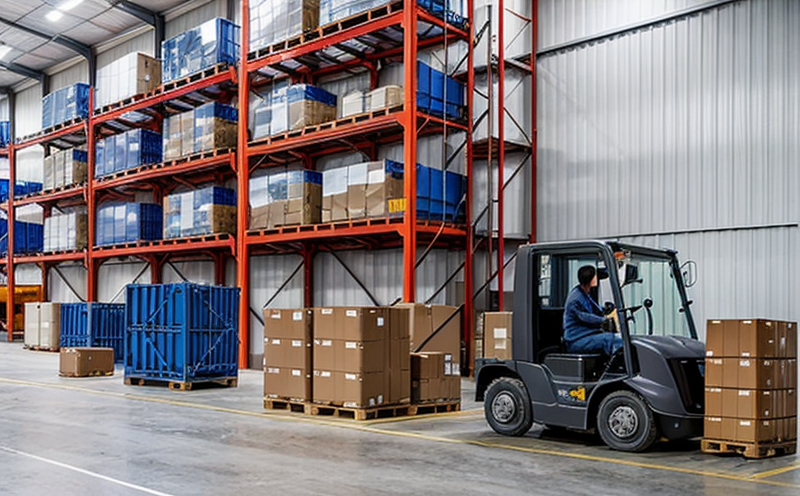FAA AC 25.853 Cabin Flammability Compliance Testing
In the aerospace and aviation industry, ensuring cabin safety is paramount, especially regarding flammability risks associated with materials used in passenger compartments. FAA Advisory Circular (AC) 25.853 establishes stringent requirements for cabin interior materials to prevent ignition, flame spread, and smoke generation under specified conditions. This service focuses on providing comprehensive testing solutions to ensure compliance with these standards.
The primary objective of this testing is to validate the flammability characteristics of cabin interior materials used in aircrafts. The FAA AC 25.853 aims at preventing potential hazards by mandating that all materials within the passenger cabin must meet specific flame retardancy and smoke generation limits during specified tests.
Our service offers a range of testing solutions designed to meet these stringent requirements, ensuring that your products comply with the latest FAA standards. We employ cutting-edge technologies and methodologies to provide accurate and reliable test results, enabling you to confidently meet regulatory demands without compromising safety or performance.
The process begins with thorough material characterization, including detailed analysis of chemical composition and physical properties. This step ensures a comprehensive understanding of the materials involved in cabin interiors, which is crucial for accurate testing outcomes. Subsequently, we conduct rigorous flammability tests using industry-standard equipment and procedures to simulate real-world conditions accurately.
Our state-of-the-art laboratory facilities are equipped with advanced instrumentation capable of measuring key parameters such as heat release rate, smoke density, and char depth. These measurements form the basis for evaluating material performance against FAA AC 25.853 criteria. We also perform post-test analyses to provide detailed insights into how materials behave under various stress conditions.
It is essential to note that compliance with FAA AC 25.853 does not only involve meeting numerical thresholds but also ensuring consistent quality across all batches of materials used in manufacturing processes. Therefore, our service extends beyond mere testing; it encompasses ongoing support through training programs and best practices guidance aimed at helping you maintain continuous compliance throughout your product lifecycle.
In summary, our FAA AC 25.853 Cabin Flammability Compliance Testing service offers unparalleled expertise tailored specifically towards meeting the rigorous requirements set forth by this critical regulatory framework. By partnering with us, you can rest assured knowing that every aspect of your cabin interior materials will be meticulously evaluated to ensure absolute safety and reliability.
Scope and Methodology
| Test Procedure | The testing process adheres strictly to FAA AC 25.853 guidelines, ensuring comprehensive evaluation of cabin interior materials. |
|---|---|
| Apparatus | Our laboratory features advanced equipment capable of simulating various environmental factors affecting material performance. |
| Acceptance Criteria | Materials must pass specified thresholds for heat release rate, smoke density, and char depth to comply with FAA AC 25.853 requirements. |
The scope of our service includes conducting flammability tests on cabin interior materials according to the procedures outlined in FAA AC 25.853. This involves exposing samples to specified thermal environments and measuring their response parameters such as heat release rate, smoke density, and char depth.
Our laboratory utilizes sophisticated apparatus designed specifically for these types of evaluations, ensuring accurate and reproducible results. The acceptance criteria established by FAA AC 25.853 serve as benchmarks against which all test outcomes are evaluated.
Benefits
- Achieve regulatory compliance with FAA AC 25.853, ensuring safe and reliable cabin interior materials.
- Gain valuable insights into material performance under defined testing conditions.
- Ensure consistent quality across all batches of materials used in manufacturing processes.
- Benefit from ongoing support through training programs and best practices guidance aimed at maintaining continuous compliance.
The benefits extend beyond mere regulatory satisfaction; they encompass enhanced safety, improved product performance, and increased customer confidence. By adhering to FAA AC 25.853 standards, manufacturers can demonstrate their commitment to passenger safety while also gaining competitive advantages in the market.
Customer Impact and Satisfaction
- Reduced risk of non-compliance penalties and potential recalls due to failed tests.
- Enhanced reputation among stakeholders, including airlines, regulatory bodies, and consumers.
- Increased trust from customers who value safety and quality in their travel experiences.
- Streamlined product development cycles by identifying issues early in the design phase.
Our clients experience significant positive impacts on both operational efficiency and brand image. They benefit not only from avoiding costly mistakes but also from fostering long-term relationships built on reliability and integrity.





